Moths are often overlooked in discussions about biodiversity and conservation, yet they play essential roles in ecosystems across the globe. Italy, with its varied landscapes and climates, is home to a remarkable diversity of moth species. Italy moths are integral to maintaining the balance of ecosystems, serving as both pollinators and prey in the food chain. In this article, we explore the rich variety of Italy moths, their importance to the environment, and the conservation efforts needed to protect them.
The Importance of Moths in Italy’s Ecosystem
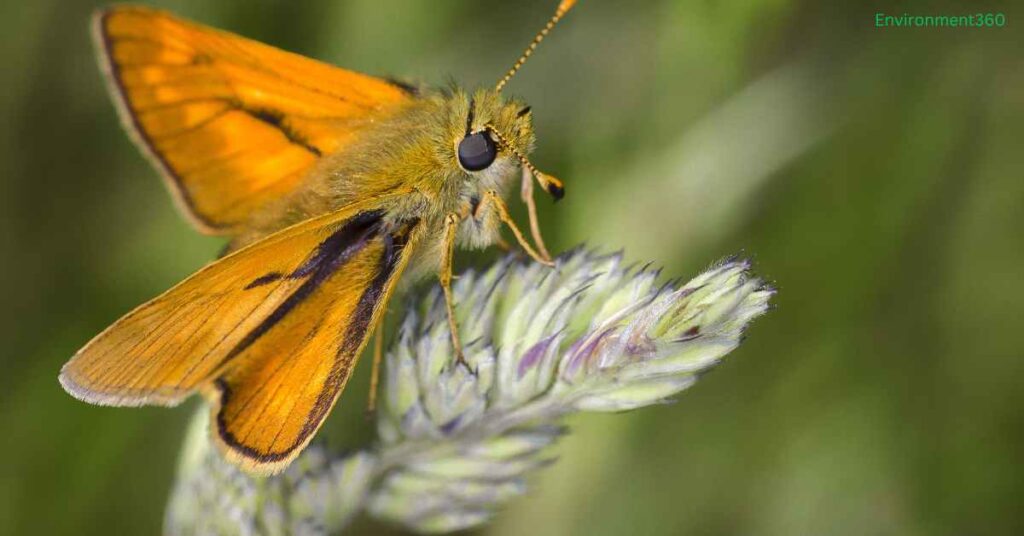
Ecological Role of Moths in Italy
Moths in Italy, like moths worldwide, serve multiple ecological functions. As pollinators, Italy moths contribute to the reproduction of many plant species. These nocturnal pollinators are often more effective than their diurnal counterparts, bees, because they visit flowers that bloom at night. Their role as pollinators ensures that plant species maintain healthy populations, which in turn support a wide variety of wildlife.
In addition to pollination, Italy moths are a vital food source for many animals. Birds, bats, spiders, and even small mammals depend on moths and their larvae for sustenance. This makes moths an indispensable part of the food chain in various ecosystems across Italy, from the Alpine regions to the Mediterranean coast.
Moth Diversity in Italy
Italy’s diverse geography, ranging from mountains and valleys to coastal areas and forests, supports a wide range of moth species. Italy moths include both common and rare species, each adapted to its specific habitat. These moths have evolved alongside the flora and fauna of Italy, creating intricate relationships that contribute to the health of ecosystems.
Day-Flying Moths in Italy
While moths are typically known for their nocturnal habits, several species of day-flying moths thrive in Italy. The Six-spot Burnet (Zygaena filipendulae) is one such species, easily identifiable by its black wings with six bright red spots. Found in meadows and grasslands across Italy, this moth is both a pollinator and a prey species, playing its role in local ecosystems.
Nocturnal Moths: The Majority in Italy
The vast majority of Italy moths are nocturnal, contributing significantly to the country’s biodiversity. Nocturnal species include the Elephant Hawk Moth (Deilephila elpenor), which is known for its vibrant pink and green wings. These moths are especially important as pollinators for night-blooming flowers, ensuring the survival of many plant species that depend on nighttime pollination.
Notable Species of Italy Moths
Italy is home to several notable moth species that are important for their ecological roles and unique characteristics. Each species has adapted to its specific habitat, making them essential indicators of the health of Italy’s natural environments.

The Convolvulus Hawk Moth
The Convolvulus Hawk Moth (Agrius convolvuli) is a large and striking moth species commonly found in Italy. Its wingspan can reach up to 12 cm, and it has a distinctive brown and grey coloration. This species is a powerful flyer, often migrating long distances. Italy moths like the Convolvulus Hawk Moth play a crucial role in pollinating large, tubular flowers, which other pollinators may struggle to reach.
The Emperor Moth
The Emperor Moth (Saturnia pavonia) is one of the most visually stunning moths found in Italy. This moth has large, eye-catching eyespots on its wings, which serve as a defense mechanism against predators. The Emperor Moth thrives in open habitats such as heaths and moorlands, where it can find its primary food sources. Like other Italy moths, the Emperor Moth’s larvae are essential in maintaining plant biodiversity, as their feeding helps control plant populations.
The Oak Processionary Moth
Another species of significant ecological importance is the Oak Processionary Moth (Thaumetopoea processionea). Though this moth is native to Southern Europe, it has spread across Italy, where it primarily targets oak trees. The larvae of this moth are known to feed on oak leaves in large numbers, which can defoliate trees. While this behavior may seem harmful, it plays a critical role in maintaining oak tree health by preventing overgrowth and promoting biodiversity within oak woodlands.
Italy Moths and Climate Change

The Impact of Rising Temperatures on Moth Populations
Climate change is already affecting Italy moths, altering their behaviors, migration patterns, and habitats. Rising temperatures have shifted the distribution of many moth species, with some species moving further north or to higher elevations to escape the heat. This shift in habitat threatens moth species that are adapted to very specific environmental conditions, particularly in mountainous regions like the Italian Alps.
For example, the Alpine Apollo Moth (Parnassius apollo), typically found in the cooler high-altitude meadows, is now facing habitat loss as temperatures rise. The species is struggling to find suitable environments, putting its future at risk. Similarly, coastal moth species are also affected by rising sea levels and the loss of coastal habitats due to climate change.
Changes in Life Cycles of Moths
Another major consequence of climate change on Italy moths is the alteration of their life cycles. Warmer temperatures can lead to earlier emergence of moths, disrupting the timing of their interactions with other species. For instance, moths may emerge before their primary food sources are available, leading to starvation. Alternatively, plants that rely on moth pollination may bloom too early or too late, missing the opportunity for pollination.
Conservationists are actively studying the effects of climate change on Italy moths to develop strategies for mitigating its impacts. These strategies include habitat restoration and creating wildlife corridors that allow moth species to migrate to more suitable environments.
The Role of Moths in Italian Agriculture
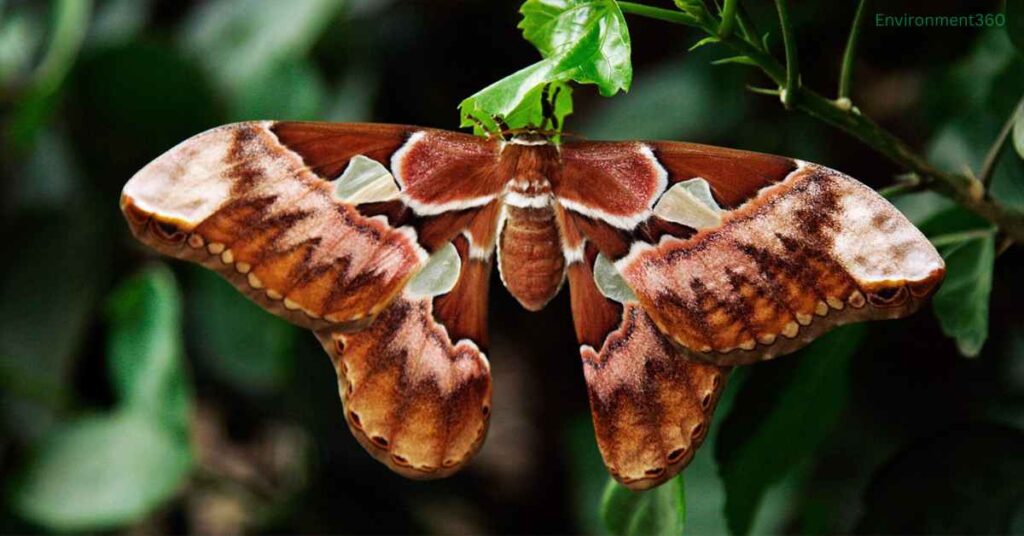
Pollination by Moths
Moths play a crucial role in pollinating many crops and wild plants in Italy, making them invaluable to both agriculture and natural ecosystems. As pollinators, Italy moths are particularly important for plants that bloom at night, including certain species of fruit trees and vegetables. The presence of moths ensures higher crop yields and the continued health of wild plant populations.
In agricultural regions like the Po Valley, moths help maintain biodiversity by pollinating wildflowers and other plants that provide habitat and food for various animals. This biodiversity, in turn, supports healthy ecosystems that benefit agricultural production.
Moths as Pests in Agriculture
While Italy moths are beneficial in many ways, certain species can also be agricultural pests. For example, the larvae of the Mediterranean Corn Borer (Sesamia nonagrioides) feed on maize and other crops, causing significant damage. Farmers must carefully manage moth populations to balance their role as pollinators and their potential to harm crops.
Sustainable farming practices, such as reducing pesticide use and planting moth-friendly flowers around crops, can help maintain a balance. By encouraging healthy populations of beneficial moths, farmers can reduce the need for chemical pesticides, which harm both pests and pollinators.
Case Study: The Corsican Pine Hawk Moth
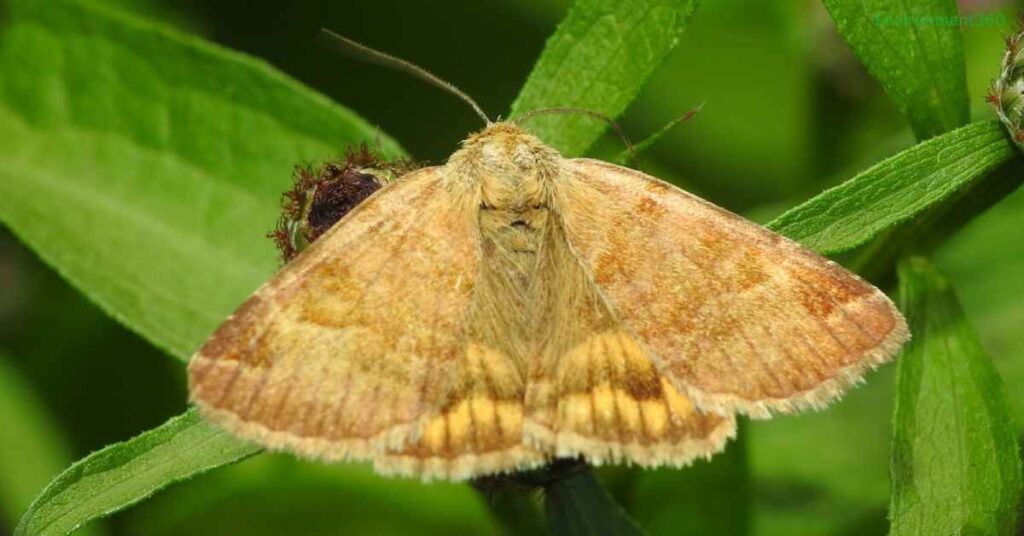
Ecological Importance of the Corsican Pine Hawk Moth
The Corsican Pine Hawk Moth (Sphinx maurorum) is closely associated with pine forests, particularly those dominated by Pinus nigra (Black Pine), native to the Mediterranean region. These moths are essential pollinators and play a key role in controlling the growth of pine trees by feeding on their needles.
The selective feeding of Corsican Pine Hawk Moth larvae can reduce the density of pine tree canopies, allowing sunlight to reach the forest floor and promoting plant diversity. Adult moths pollinate night-blooming flowers, contributing to the reproduction of various plant species within pine forests.
Threats and Conservation Efforts
Habitat loss, forest fires, and deforestation are significant threats to the Corsican Pine Hawk Moth and other Italy moths. Reforestation projects, fire prevention, and habitat restoration are vital for conserving moth populations in Italy’s pine forests. Reducing pesticide use is also critical in safeguarding these essential pollinators and other wildlife that rely on forest ecosystems.
Moth Biodiversity Hotspots in Italy
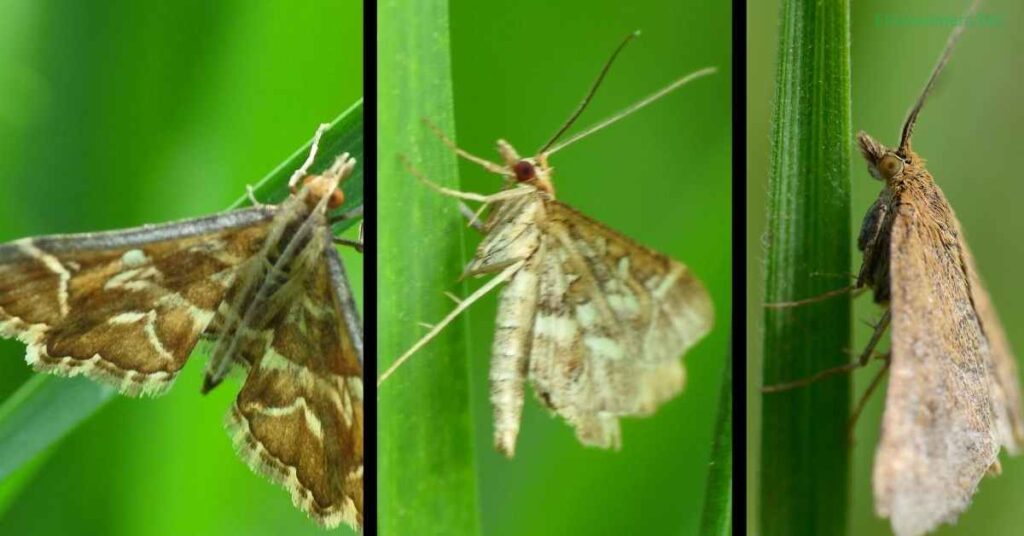
The Italian Alps
The Italian Alps are home to a wide variety of moth species, particularly those adapted to colder climates and high altitudes. Italy moths in the Alps, such as the Alpine Apollo Moth, thrive in these regions, where they contribute to pollination and serve as food for predators.
However, climate change threatens these species, with rising temperatures shrinking their habitats. Conservation efforts focus on habitat restoration and creating wildlife corridors to protect the future of Alpine moths.
The Po Valley
Despite intensive farming, the Po Valley supports a rich diversity of Italy moths, particularly in wetlands and riparian zones. Moths in this region are important pollinators for both wildflowers and crops. However, habitat fragmentation and pesticide use pose significant threats to these populations. Collaborative conservation efforts between farmers and environmentalists are key to promoting sustainable farming practices that support moth biodiversity.
The Mediterranean Coast
Italy’s Mediterranean coast is another biodiversity hotspot for moths. Coastal scrublands and forests provide a variety of niches for Italy moths, such as the Mediterranean Tiger Moth (Euplagia quadripunctaria), which is known for its striking orange and black wings. Urbanization and climate change threaten these coastal habitats, making conservation efforts critical to the survival of these species.
The Future of Italy Moths: Conservation and Research
The future of Italy moths depends on ongoing research and conservation efforts. Moths are crucial indicators of environmental health, and their decline would have far-reaching effects on ecosystems. Conservation initiatives, such as reducing pesticide use, protecting habitats, and mitigating the effects of climate change, are essential for safeguarding moth populations.
Scientists continue to study the behaviors, migration patterns, and life cycles of Italy moths, contributing valuable knowledge to conservation efforts. Public awareness campaigns also play a vital role in educating people about the importance of moths and encouraging conservation-minded actions.
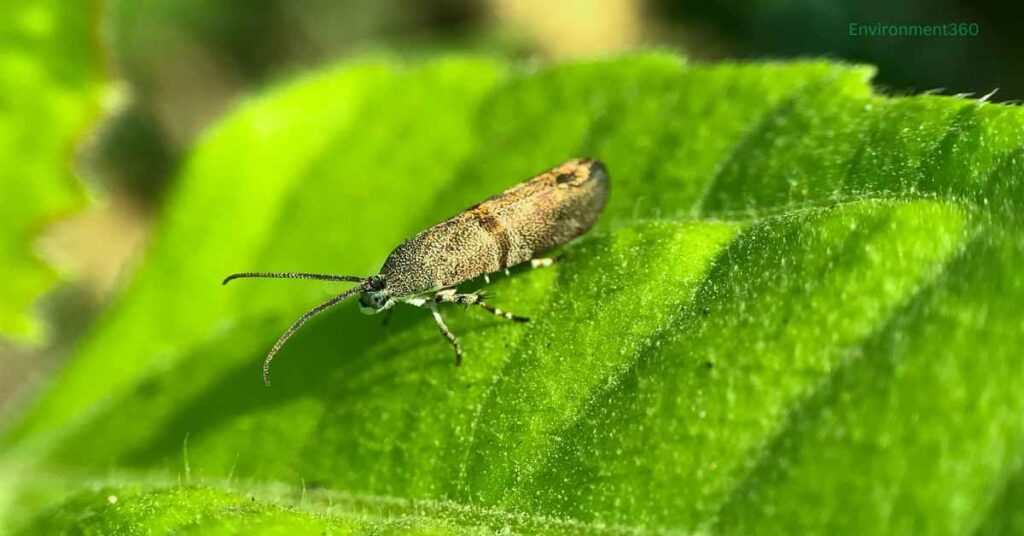
Conclusion,
Italy moths are a vital part of the country’s rich biodiversity. From pollinating crops and wildflowers to serving as a food source for other animals, moths contribute significantly to the health of ecosystems across Italy. Conservation efforts and sustainable practices are crucial to ensuring that these fascinating insects continue to thrive for generations to come.
Read More: Antennae Moth: A Key to Ecological Balance

